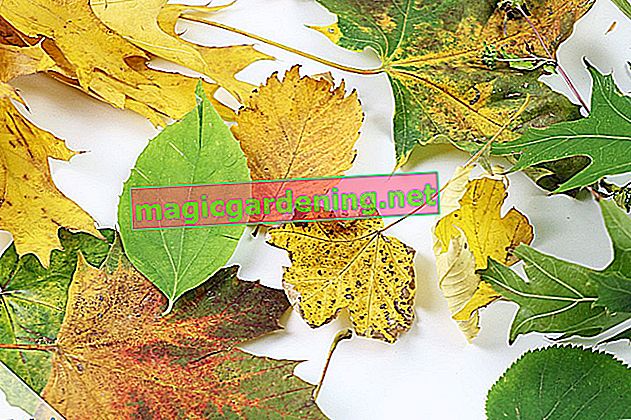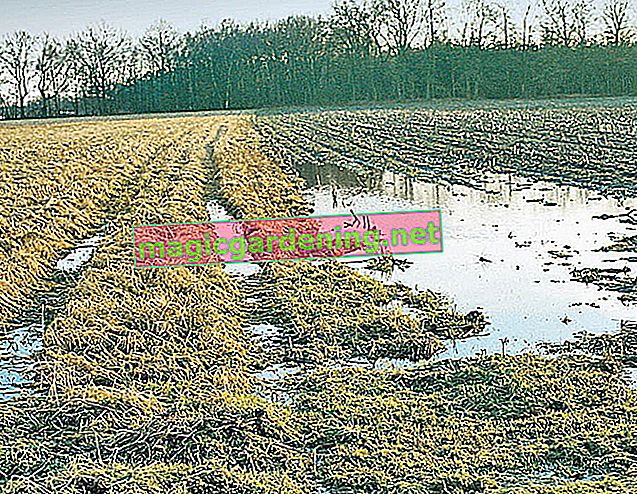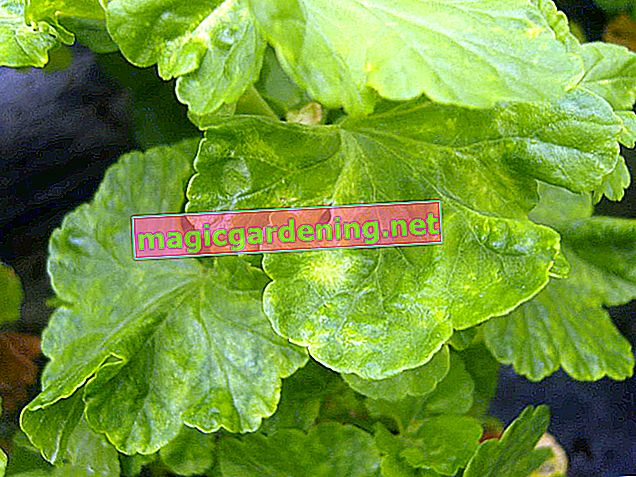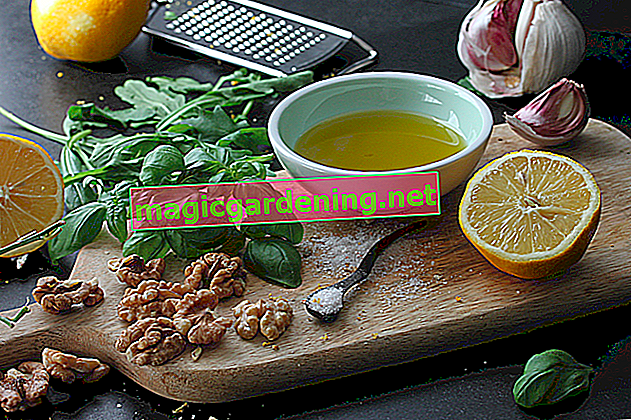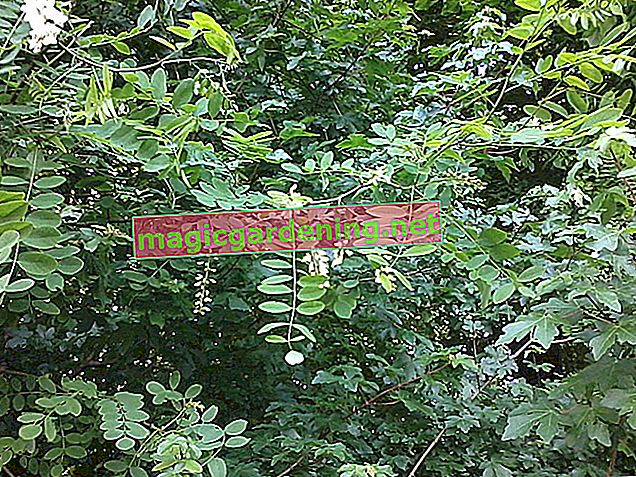
Which native trees and shrubs are poisonous?
Some of the trees that are often planted in our gardens are highly poisonous. Consumption of their toxic parts of plants can have serious health consequences and even result in death. Other species, on the other hand, are only slightly poisonous; contact can cause unpleasant eczema (on skin contact) or disorders in the gastrointestinal tract. How poisonous a tree and its components actually are varies greatly from person to person. The degree of poisoning depends, among other things, on the amount of plant parts consumed and on the size and weight of the poisoned. Small children in particular are at risk, which is why the following trees should be avoided.
also read
- The efeutute is a poisonous houseplant
- Oleander - the poisonous beauty
- Beware, the efeutute is very poisonous for a baby!
Common boxwood (Buxus sempervirens)
The evergreen deciduous wood is particularly popular as a hedge plant and as a topiary. The leaves in particular, but also other parts of the plant, are poisonous. They contain the alkaloid cyclobuxin D. Poisoning manifests itself in nervousness, vomiting, diarrhea and cramps. In the case of severe poisoning, death can result from respiratory failure.
Common laburnum (Laburnum anagyroides)
This shrub or small tree enchants with its beautiful flowers in spring: Bright yellow flower clusters hang down from the fresh green leafy branches. Nevertheless, all parts of the golden rain are highly poisonous, especially the seeds and leaves contain the alkaloid cytisine. Poisoning manifests itself in abdominal pain as well as nausea and vomiting. Cramps, cardiovascular disorders and drowsiness or even loss of consciousness can occur. Death from respiratory paralysis is possible.
European euonymus (Euonymus europaeus)
The bright red fruits of the shrub or small tree in particular entice children to snack. However, these (and especially the seeds they contain) and all other parts of the plant are highly toxic. The wood, also known as the spindle bush, contains the cardiac glycoside evonoside, which can cause the following symptoms: vomiting and diarrhea, colic, drowsiness up to fainting, coma.
European yew (Taxus baccata)
The yew tree is probably the most poisonous of the native trees. The wood, bark, seeds and needles of the evergreen conifers contain several alkaloids, such as taxine. These can cause nausea, vomiting and diarrhea, liver and kidney damage and death from respiratory paralysis. The effects of the related Japanese yew (Taxus cuspidata) are very similar.
Common holly (Ilex aquifolium)
The berries and leaves of the evergreen holly are also very toxic due to the alkaloid theobromine they contain, as well as glycosides and toxic dyes. The fruits also contain triterpenes, the leaves saponins. Poisoning manifests itself as severe diarrhea and can be fatal in children.
Arborvitae (Thuja occidentalis)
Trees of life are often used to create hedges, but are poisonous due to the monoterpene thujone they contain. This is mainly located in the branch tips and cones and has a strong irritant effect on the stomach. Cramps and unconsciousness can occur, as well as liver and kidney damage.
Tips
Of course, this list cannot be complete, there are simply too many poisonous ornamental plants for that. If you suspect poisoning, please contact a doctor immediately. In addition, do not make the person vomit and do not give them milk to drink. Instead, water should be drunk in small sips.



